"Your customers are your best salespeople – let their success stories do the talking."
In the increasingly crowded world of SaaS, standing out from the competition is essential. One of the most effective ways to do that is by using user-generated content (UGC) to showcase the value of your product. In this article, we'll explore how to use reviews, testimonials, and case studies to drive growth for your SaaS business.
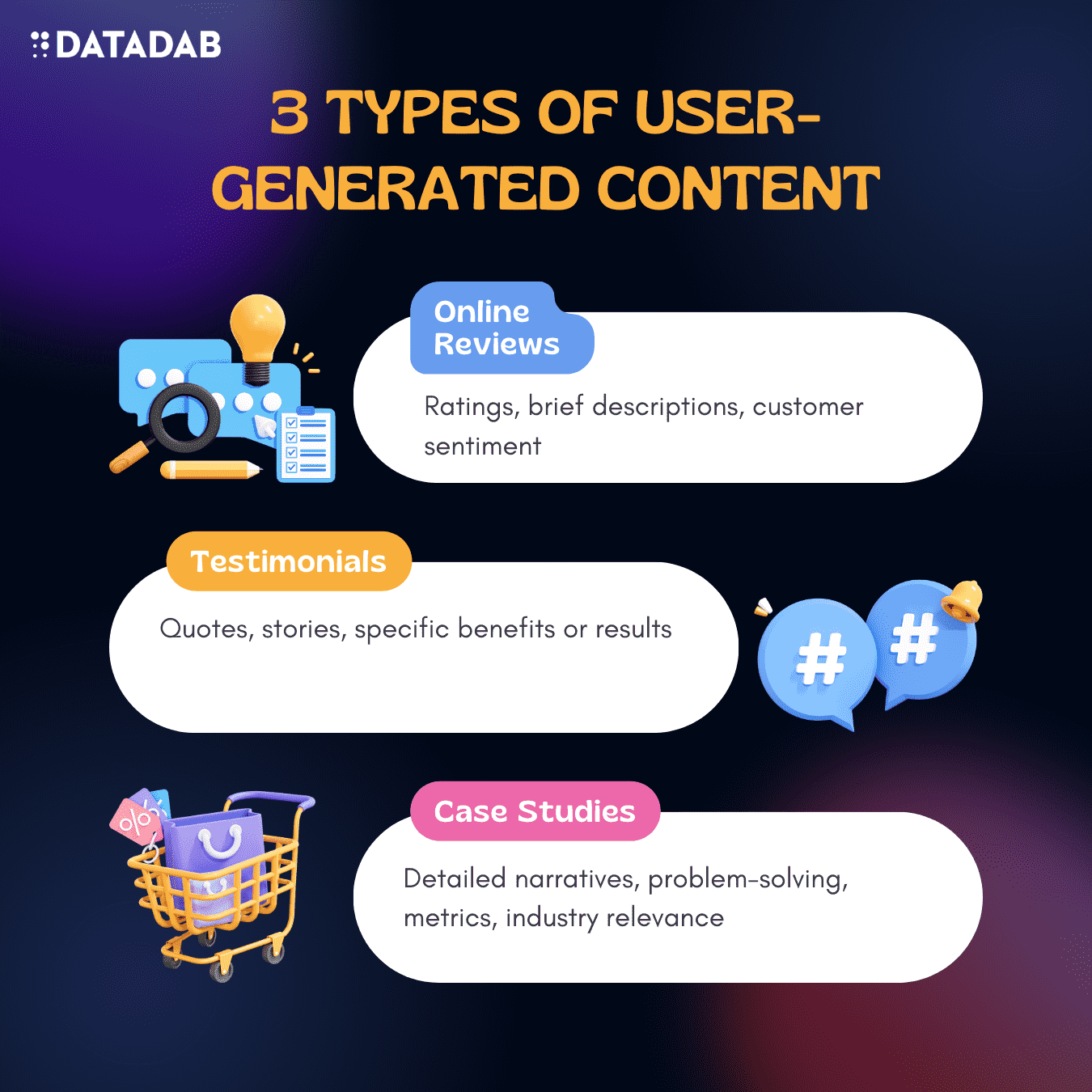
- The Impact of UGC on SaaS
- Using Reviews
- The Power of Online Reviews
- How to Get More Reviews
- Responding to Reviews
- Harnessing the Potential of Testimonials
- The Importance of Testimonials
- Collecting and Displaying Testimonials
- Making the Most of Case Studies
- The Value of Case Studies
- Creating Compelling Case Studies
- Conclusion
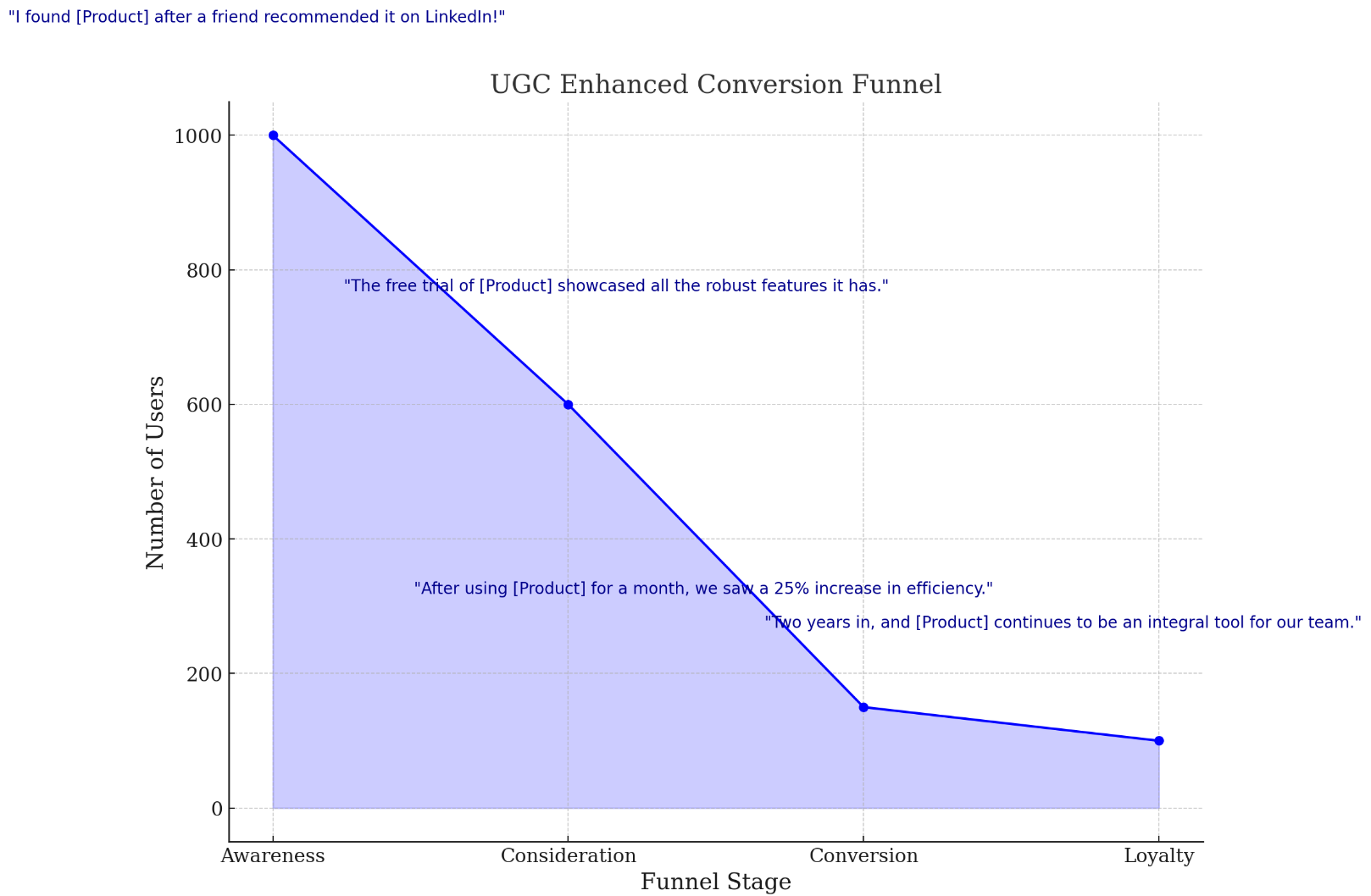
The Impact of UGC on SaaS
User-generated content is an incredibly powerful tool for SaaS marketers. It can help you:
- Build trust: When potential customers see that other people have had success with your product, they're more likely to trust your brand and consider your solution.
- Improve SEO: UGC can significantly boost your search engine rankings, making it easier for customers to find you.
- Increase conversions: According to a study by Yotpo, 77% of consumers say they're more likely to purchase from a brand with positive reviews.
- Create social proof: Showcasing the experiences of satisfied customers can help you generate buzz and persuade others to give your product a try.
In the following sections, we'll dive into the different types of UGC and how you can use them for growth.
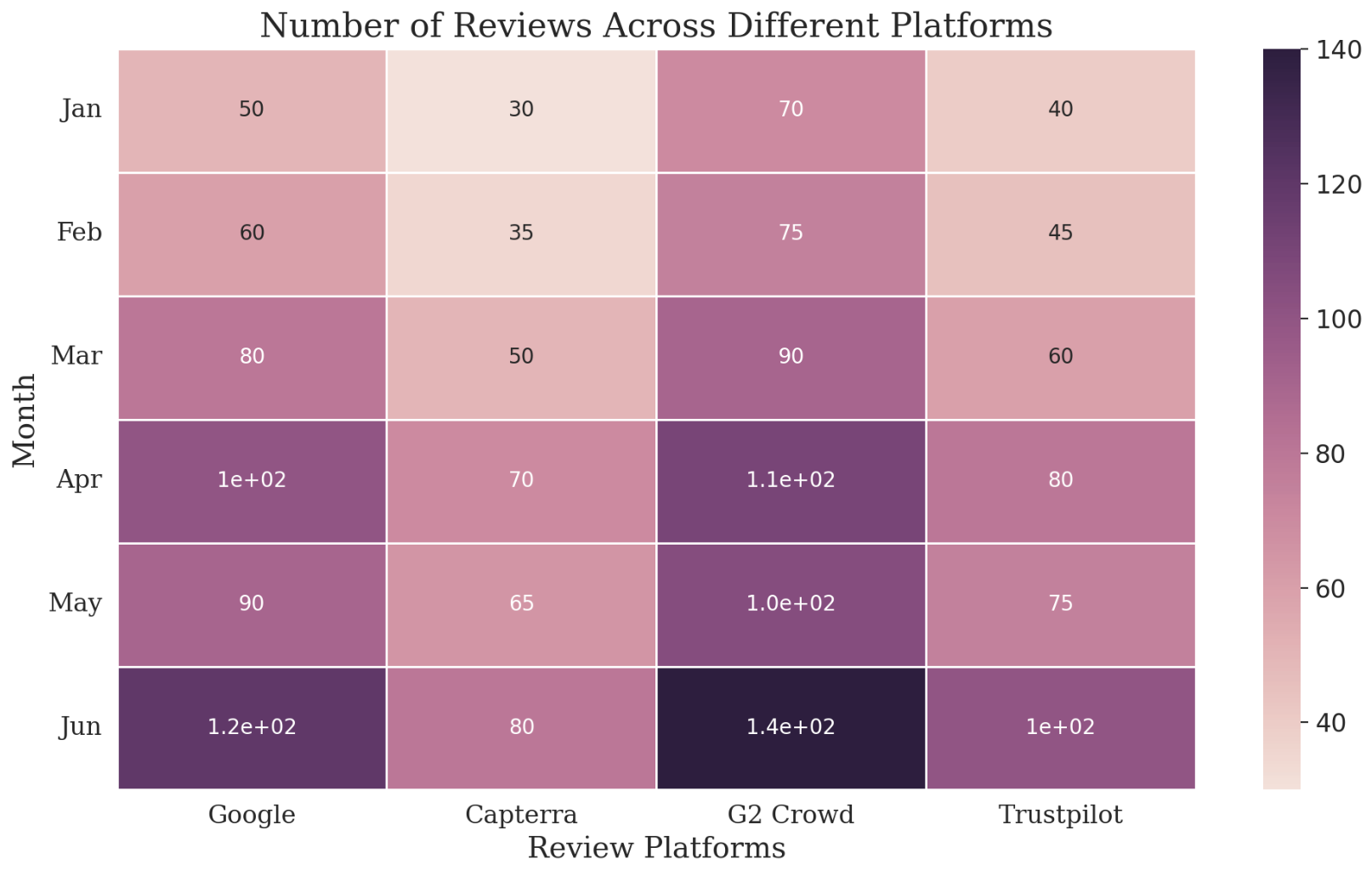
Using Reviews
The Power of Online Reviews
Online reviews are a crucial part of the decision-making process for many consumers. 85% of people trust online reviews as much as personal recommendations, according to BrightLocal.
Moreover, a study by Spiegel Research Center found that displaying reviews can increase conversion rates by 270%. And the impact is even more significant for higher-priced products.
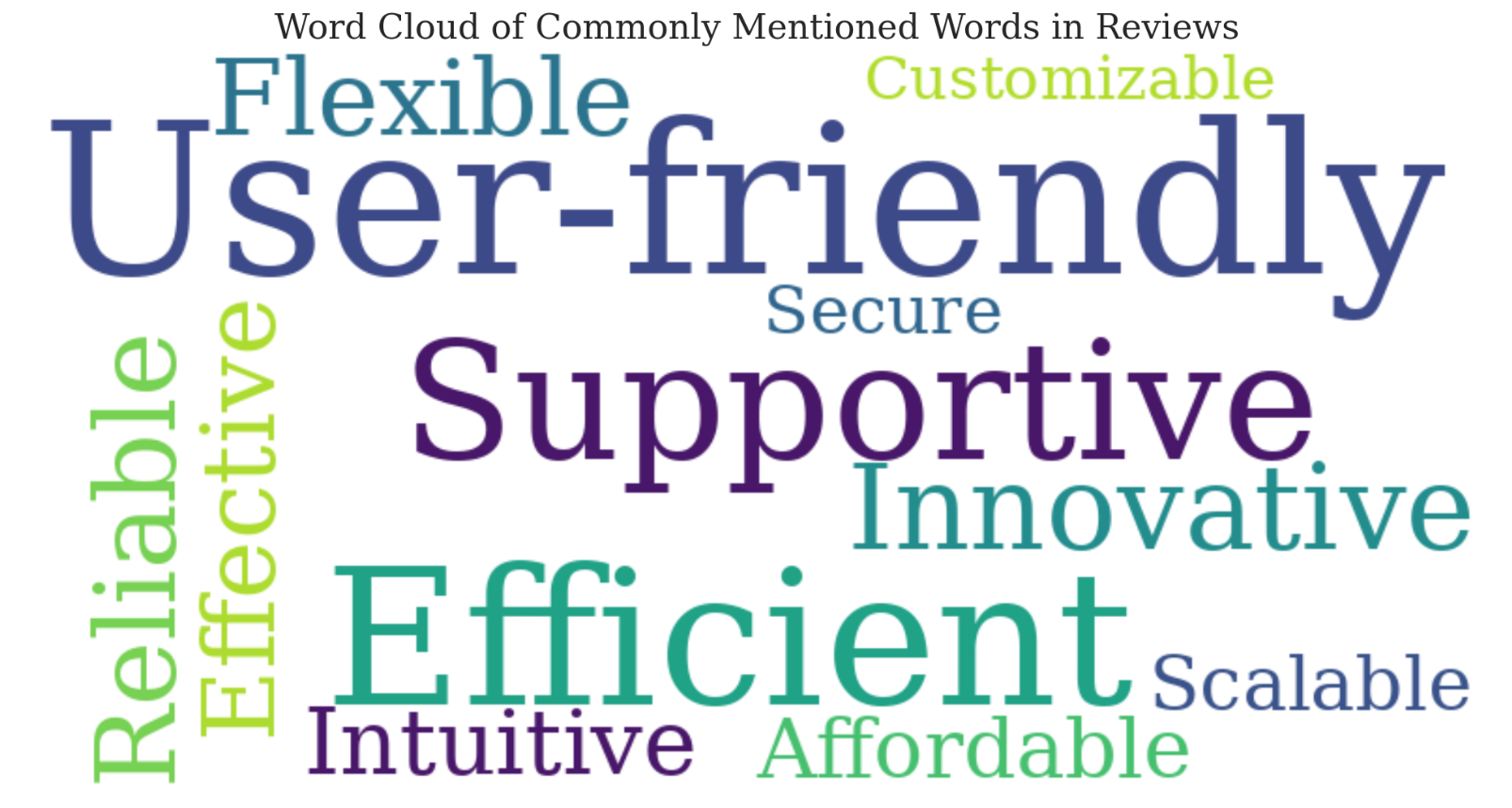
So, how can you make the most of online reviews for your SaaS business? Let's find out.
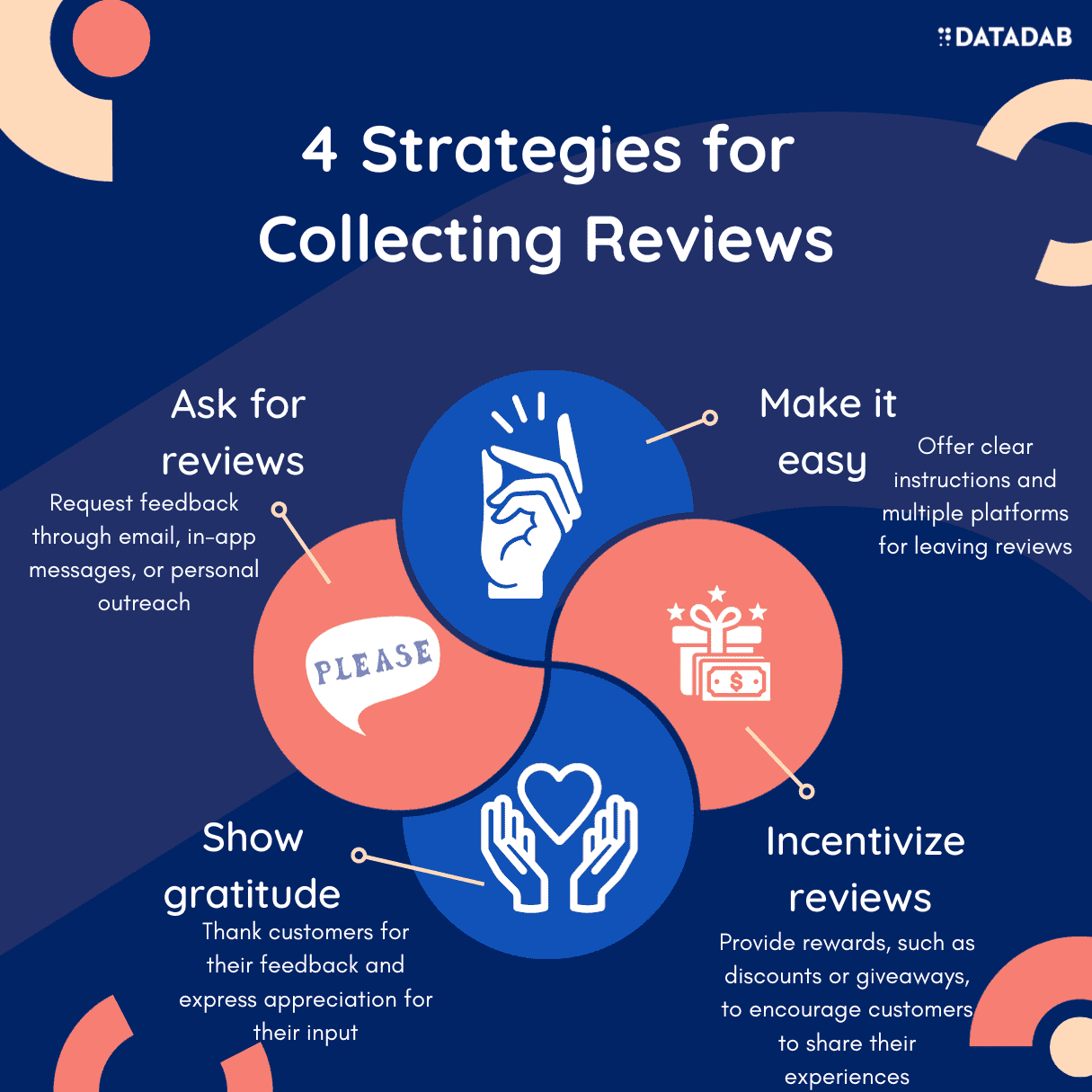
How to Get More Reviews
- Ask for reviews: Don't be shy about asking customers for their feedback. You can send automated emails, use in-app messages, or reach out personally to your most satisfied customers.
- Make it easy: Provide customers with simple, clear instructions for leaving a review. Consider offering multiple platforms, like Google, Capterra, or G2 Crowd, for customers to choose from.
- Incentivize reviews: Reward customers for their time by offering incentives like discounts or entry into a giveaway.
- Show gratitude: Thank customers for their reviews and let them know how much you appreciate their input.
Responding to Reviews
Responding to reviews, both positive and negative, demonstrates that you value your customers' opinions and are committed to improving your product.
- Thank customers: Express gratitude for positive reviews and make sure to address the reviewer by their name to personalize your response. 2. Be empathetic: For negative reviews, acknowledge the customer's concerns and apologize for any inconvenience they may have experienced.
- Offer a solution: Clearly explain the steps you've taken or plan to take to address the issue. If appropriate, invite the customer to contact you directly for further assistance.
- Learn and improve: Use the feedback from reviews to identify areas for improvement and implement necessary changes.
Remember, your responses to reviews are not just for the reviewer; they're also for potential customers who are evaluating your product. Showcasing your responsiveness and commitment to customer satisfaction can help you win over new customers.
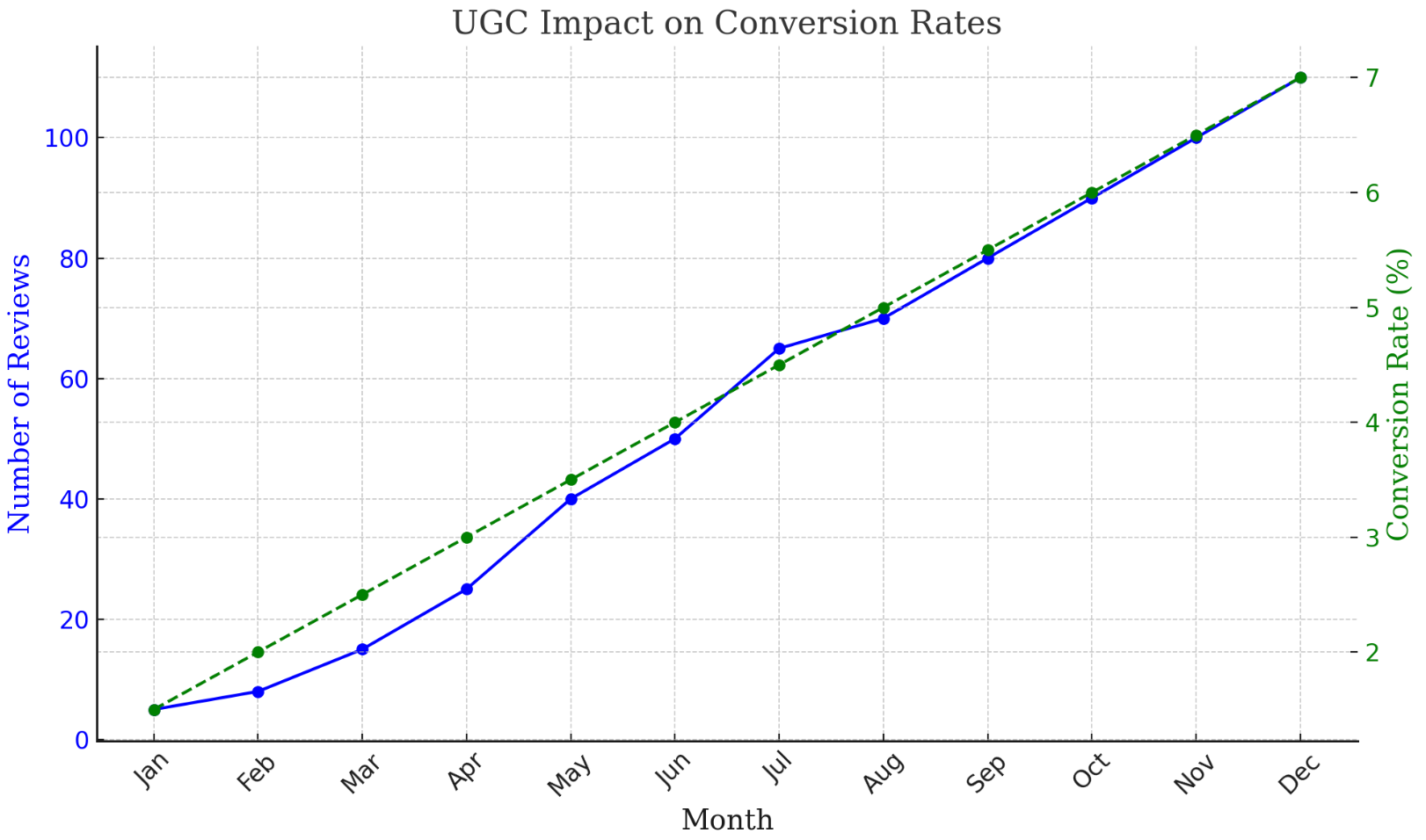
Harnessing the Potential of Testimonials
The Importance of Testimonials
Testimonials are powerful endorsements from satisfied customers that can help establish trust and credibility for your SaaS business. They provide social proof, highlighting the real-life benefits and successes that your customers have experienced.
According to Nielsen, 92% of people trust recommendations from friends and family, while 70% trust recommendations from other consumers. By showcasing testimonials, you're tapping into this trust and increasing the likelihood of converting potential customers.
Collecting and Displaying Testimonials
- Ask for testimonials: Reach out to your most satisfied customers and ask if they'd be willing to provide a testimonial. Be sure to ask for specific details about their experience and the results they've achieved.
- Use a variety of formats: Testimonials can be written, recorded as video or audio, or even shared as social media posts. Utilize different formats to appeal to a wider audience.
- Display testimonials prominently: Feature testimonials on your website, landing pages, and marketing materials. You can also use them in sales presentations or email campaigns.
- Update regularly: Regularly refresh your testimonials to ensure they remain relevant and up-to-date.
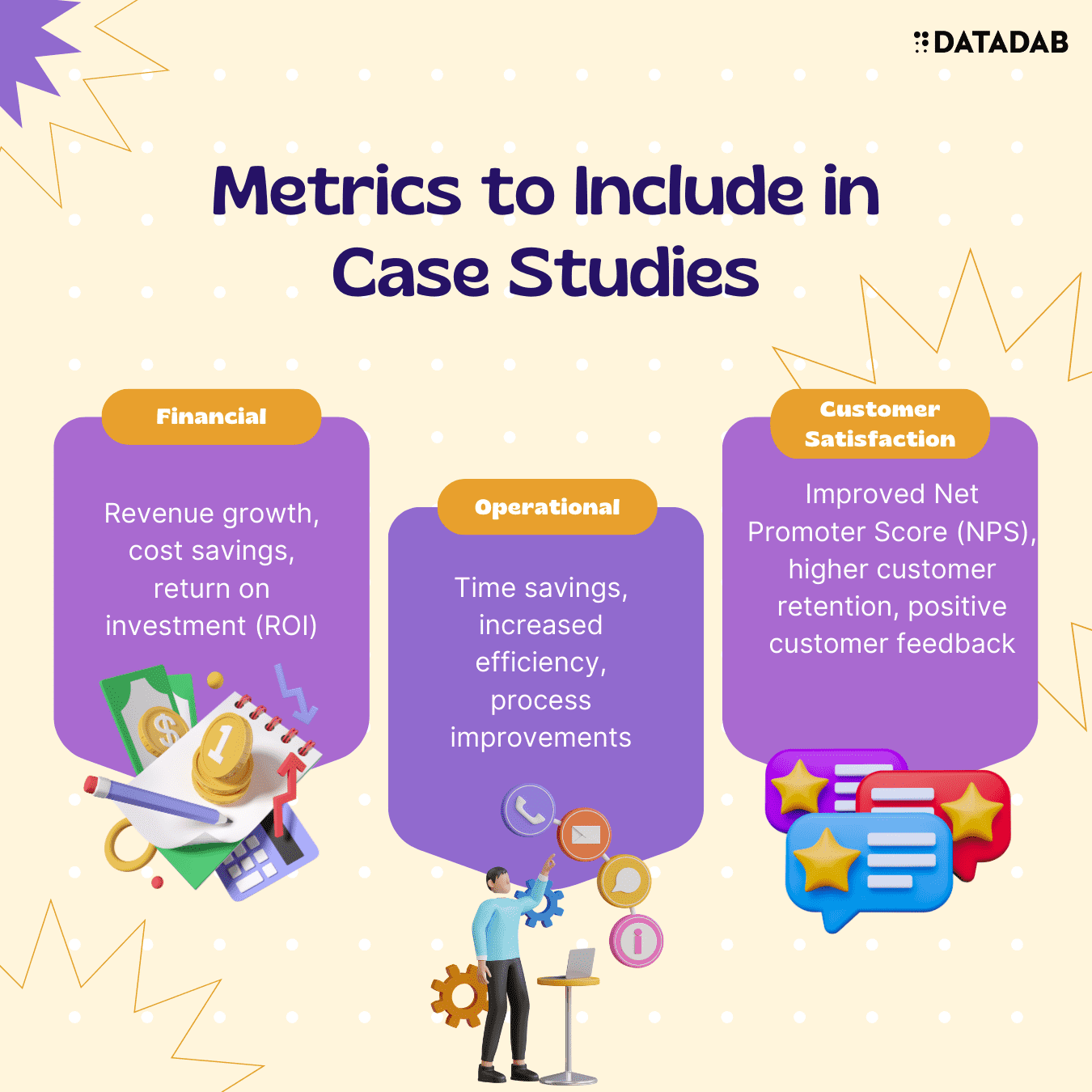
Making the Most of Case Studies
The Value of Case Studies
Case studies dive deeper into the story of a customer's experience with your product. They provide a detailed account of the problem your customer faced, how your product solved that problem, and the results achieved.
Case Study Playbook
Selecting the Right Customer
- Look for a customer that is as similar to your ideal customer profile as possible. This will make the content more relatable.
- Identify customers who have achieved measurable results or success with your product. Quantifiable metrics will make a stronger case.
- Get customer referrals from your sales team. Reps often know which customers have the best stories to tell.
- Consider factors like company size, industry, budget. Selecting more relatable customers will help.
- Make sure the customer is enthusiastic about participating. This will lead to better interviews.
Structuring the Narrative
- Focus on challenges the customer has that your buyers also face. This helps buyers relate.
- Don't get too technical. Keep terminology simple and explain how your product specifically helped.
- Quantify ROI with hard metrics like percentage increases or dollar amounts. This drives the value home.
- Get 1-2 direct quotes from various stakeholders at the company. Quotes add authenticity.
- Share stories of how the product impacted actual people at the company. This creates an emotional connection.
Promotion & Distribution
- Turn the case study into an explainer video. Videos convey stories effectively through visuals.
- Pitch it to industry publications read by your target buyers for added authority and reach.
- Promote snippets and stats from the case study on social media. This expands the distribution.
- Develop a compressed "overview" version for the sales team. Makes it easy for reps to share.
- Consider promoting through paid ads and campaigns. You invested in the content, maximize its impact.
Case studies are a valuable resource for SaaS businesses because they:
- Demonstrate the real-world impact of your product: By showcasing specific examples of success, case studies help potential customers understand how your product can benefit them.
- Address potential objections: By addressing common concerns and demonstrating the effectiveness of your product, case studies can help overcome objections and persuade hesitant customers to convert.
- Target specific industries or use cases: Case studies can help you appeal to customers in specific industries or with particular use cases by showcasing relevant examples.
Customer Interview Guide
The key to developing a compelling case study is conducting an effective customer interview. This interview guide will help you extract the details and insights you need to showcase your customer's success.
Below are suggested questions to guide your customer interview:
Background Questions
- Briefly describe your company and your role.
- What challenges was your company facing prior to implementing our product?
- What solutions had you tried to address those challenges? What limitations did they have?
Evaluating Solutions
- How did you go about evaluating different solutions, including ours?
- What factors were most important to you in selecting a solution?
- What stood out about our product compared to alternatives you considered?
Implementation Experience
- How was the implementation and onboarding process with our product?
- What training or resources did you need from us during implementation?
- What objectives did you set out to achieve with our product?
Measuring Results
- What key metrics did you track to measure the impact and ROI of our product?
- Can you share some of the quantitative results and improvements you’ve seen?
- What were some of the major qualitative improvements or changes you observed?
Key Outcomes
- In what ways has our product impacted your day-to-day work and operations?
- What do you consider to be the most significant benefits or results gained from using our product?
- If you could highlight just one or two major success stories, what would they be?
Quotes
- Could you provide a 1-2 sentence quote summarizing your experience working with our product?
- What statement would you want to share with others considering our product?
Creating Compelling Case Studies
- Choose the right subject: Select a customer who has experienced significant success with your product and is willing to share their story. Look for customers in industries or with use cases that are relevant to your target audience.
- Tell a compelling story: Structure your case study as a narrative, detailing the problem, solution, and results. Use quotes and anecdotes from the customer to make the story more engaging.
- Use data to back up your claims: Include specific metrics and results to demonstrate the impact of your product. This adds credibility to your case study and makes it more persuasive.
- Make it visually appealing: Use images, charts, and other visual elements to make your case study more engaging and easy to digest. This can also help break up large blocks of text and improve readability.
Conclusion
User-generated content, including reviews, testimonials, and case studies, is a powerful tool for SaaS marketers looking to drive growth. By investing in UGC, you can build trust, improve SEO, increase conversions, and create social proof that resonates with potential customers.
To get the most out of UGC, follow these best practices:
- Encourage and collect more reviews by asking customers, making it easy to leave reviews, incentivizing the process, and showing gratitude.
- Respond to reviews thoughtfully, addressing both positive and negative feedback, offering solutions, and using the insights to improve your product and customer experience.
- Collect and display testimonials from satisfied customers in various formats, ensuring they're prominently featured on your website and marketing materials.
- Create compelling case studies that tell engaging stories, demonstrate real-world impact, and address potential objections. Use data to back up your claims and make the content visually appealing.
Through the power of user-generated content, you can optimize your SaaS marketing efforts and drive significant growth for your business. Start using reviews, testimonials, and case studies today to build trust, credibility, and social proof that will help you stand out in the competitive SaaS landscape.
FAQ
Q: How can I identify the best customers to ask for reviews, testimonials, or case studies?
A: Focus on customers who have had positive experiences with your product or have shared unsolicited praise. They are more likely to provide detailed and valuable feedback. Additionally, prioritize customers who represent your target audience, belong to a specific industry you're targeting, or have experienced significant success with your product.
Q: How can I encourage customers to leave reviews without coming across as pushy?
A: Be tactful and genuine in your approach. Explain the importance of their feedback in helping your business improve and in assisting potential customers with their decision-making. Offer multiple opportunities for them to leave a review, and consider providing a small incentive or expressing gratitude for their time and effort.
Q: What is the best way to handle negative reviews?
A: Respond promptly, professionally, and empathetically. Acknowledge the customer's concerns, apologize for any inconvenience, and offer a solution to address the issue. Demonstrating your commitment to customer satisfaction can help mitigate the impact of negative reviews and even turn a dissatisfied customer into a loyal advocate.
Q: How can I ensure the testimonials I collect are authentic and compelling?
A: Request specific details about the customer's experience, focusing on the benefits or results they achieved with your product. Encourage them to share their story in their own words, making it relatable and engaging. Additionally, use a variety of formats (written, video, audio) to appeal to different audience preferences.
Q: Can I use case studies to target multiple industries or use cases?
A: Absolutely! Create case studies that showcase your product's versatility and effectiveness across various industries and use cases. By demonstrating how your product can address specific challenges in different contexts, you can appeal to a broader audience and show potential customers that your solution is adaptable and valuable.
Q: How can I make my case studies more engaging and visually appealing?
A: Break up large blocks of text with relevant images, charts, graphs, or other visual elements. Use clear headings and subheadings to guide the reader through the narrative. Ensure that the layout is clean and easy to follow, making it simple for readers to understand the key takeaways and impact of your product.
Q: How often should I update my testimonials and case studies?
A: Regularly refresh your testimonials and case studies to ensure they remain relevant and up-to-date. As your product evolves and customers achieve new successes, it's essential to showcase these stories to potential customers. Aim to update your testimonials and case studies at least once a year or more frequently if significant changes occur.
Q: How can I measure the effectiveness of my user-generated content?
A: Track key performance indicators (KPIs) related to your marketing goals, such as conversion rates, website traffic, time spent on pages featuring UGC, and social media engagement. Analyze these metrics to understand the impact of your UGC efforts and make data-driven decisions to optimize your strategy.
Q: How can I repurpose UGC for different marketing channels?
A: Get creative with your UGC by incorporating it into various marketing materials. For example, use testimonials in email campaigns, share case studies on social media, or create video testimonials for YouTube. By repurposing UGC across different channels, you can maximize its reach and impact.
Q: What are some common mistakes to avoid when using UGC in SaaS marketing?
A: Some common mistakes include not being proactive in collecting UGC, failing to respond to reviews (especially negative ones), not regularly updating testimonials and case studies, and not promoting your UGC effectively. To avoid these pitfalls, develop a clear strategy for collecting, displaying, and promoting UGC, monitor and analyze its impact, and continuously optimize your efforts to drive growth and build trust with your audience.






